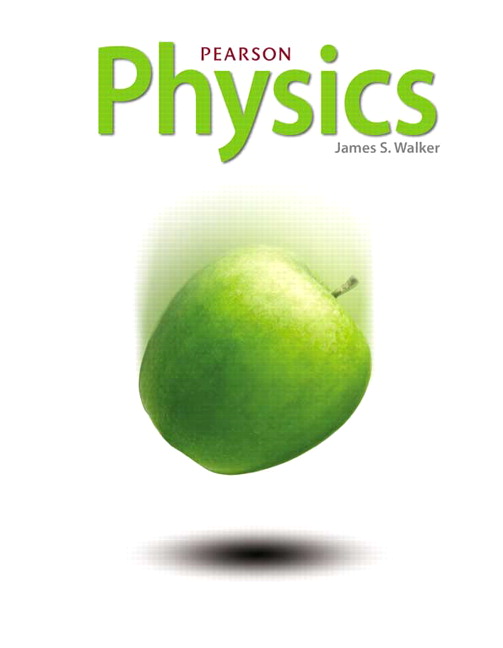
All Solutions
Page 635: Standardized Test Prep
$$
begin{align*}
m=-frac{d_{text{i}}}{d_{text{o}}}
end{align*}
$$
wherein if $m$ is positive, the image is upright whereas if it is negative, the image is inverted.
$$
begin{align*}
frac{1}{d_{text{o}}}+frac{1}{d_{text{i}}} = frac{1}{f}
end{align*}
$$
$$
begin{align*}
frac{1}{d_{text{i}}} &= frac{1}{f} – frac{1}{d_{text{o}}} \ &=frac{1}{3;text{cm}} – frac{1}{4;text{cm}} \ &=frac{1}{12;text{cm}}\
{d_{text{i}}} &= 12;text{cm} approx 10;text{cm}
end{align*}
$$
$$
begin{align*}
v=frac{c}{n}
end{align*}
$$
where $c$ is the speed of light in vacuum and $n$ is the index of refraction of a material.
$$
begin{align*}
v_{text{air}}approx c
end{align*}
$$
$$
begin{align*}
v_{text{new}} &=frac{c}{1.5}\
v_{text{new}} & approx frac{v_{text{air}}}{1.5}
end{align*}
$$
$$
begin{align*}
v=frac{c}{n}
end{align*}
$$
Haven't found what you were looking for?
Search for samples, answers to your questions and flashcards

